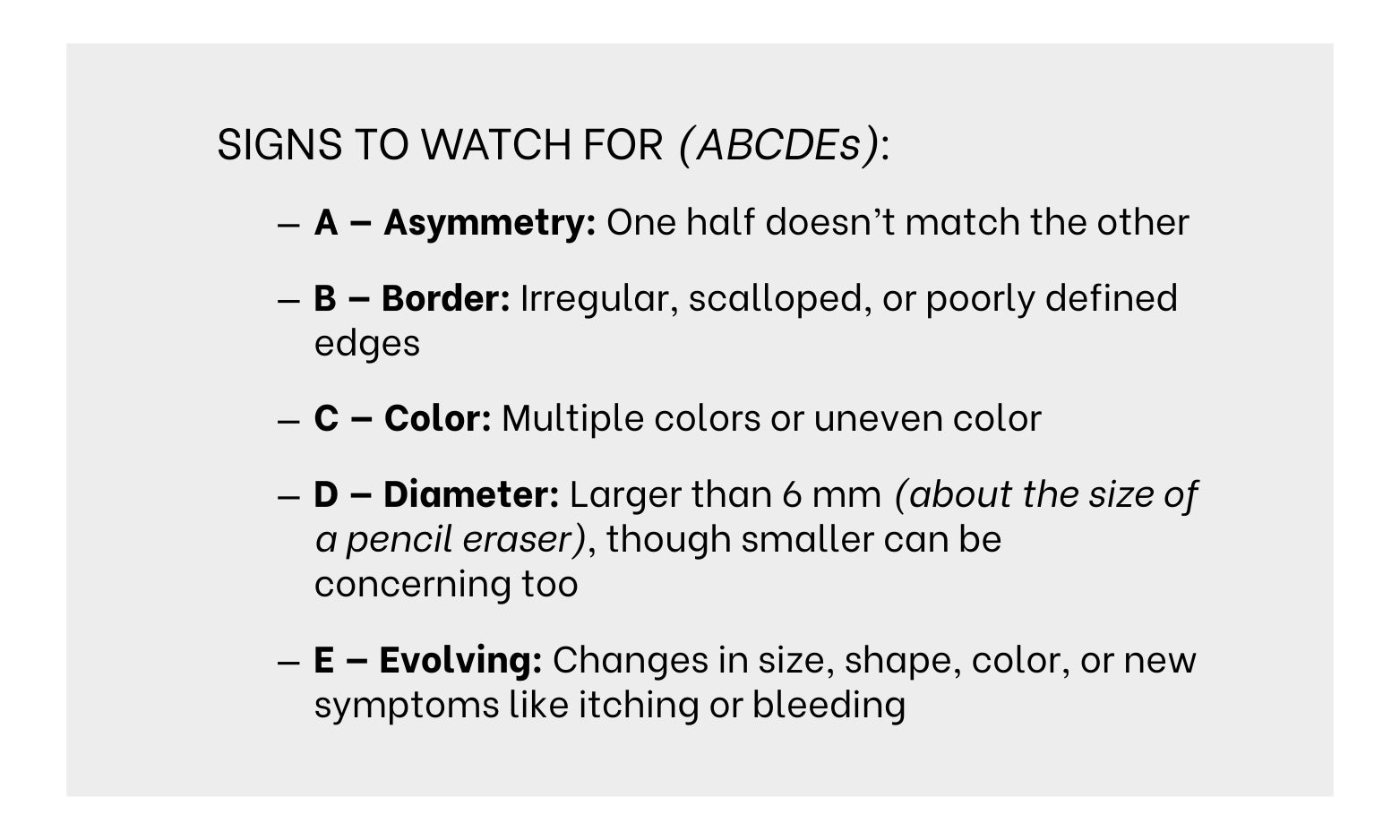
Know Your Skin. Protect Your Health.
Moles are common skin growths made of pigment-producing cells (melanocytes). Most moles are harmless, but changes in size, shape, color, or sensation can signal a need for medical evaluation. At Chicago Cosmetic Surgery & Dermatology, our Board-Certified Dermatologists and expert clinical team provide careful mole assessments, monitoring, and safe removal options when needed—always with attention to both health and cosmetic outcome.
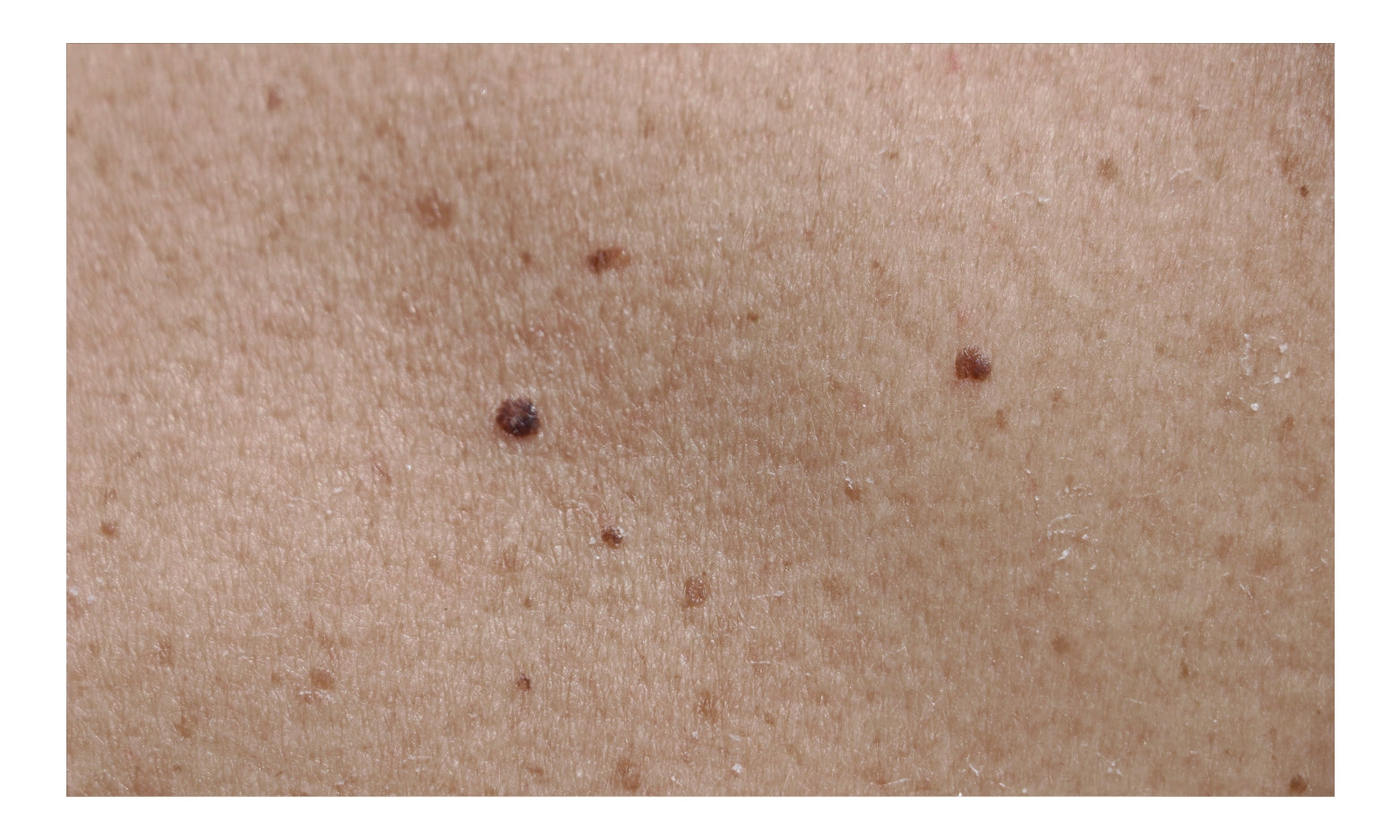
What Are Moles?
Moles (nevi) are benign clusters of pigment cells that appear as small, round or oval marks on the skin. They can be flat or raised and range in color from pink to brown or black. People commonly develop new moles during childhood and young adulthood.
Moles Treatment & Removal Options
At Chicago Cosmetic Surgery & Dermatology, mole evaluation begins with a thorough skin exam and medical history. We may use dermatoscopic imaging for detailed inspection and photographic monitoring to track changes over time. If a spot looks suspicious, a biopsy—shave, punch, or excisional—may be performed. Our goal is always an accurate diagnosis using the least invasive approach possible.
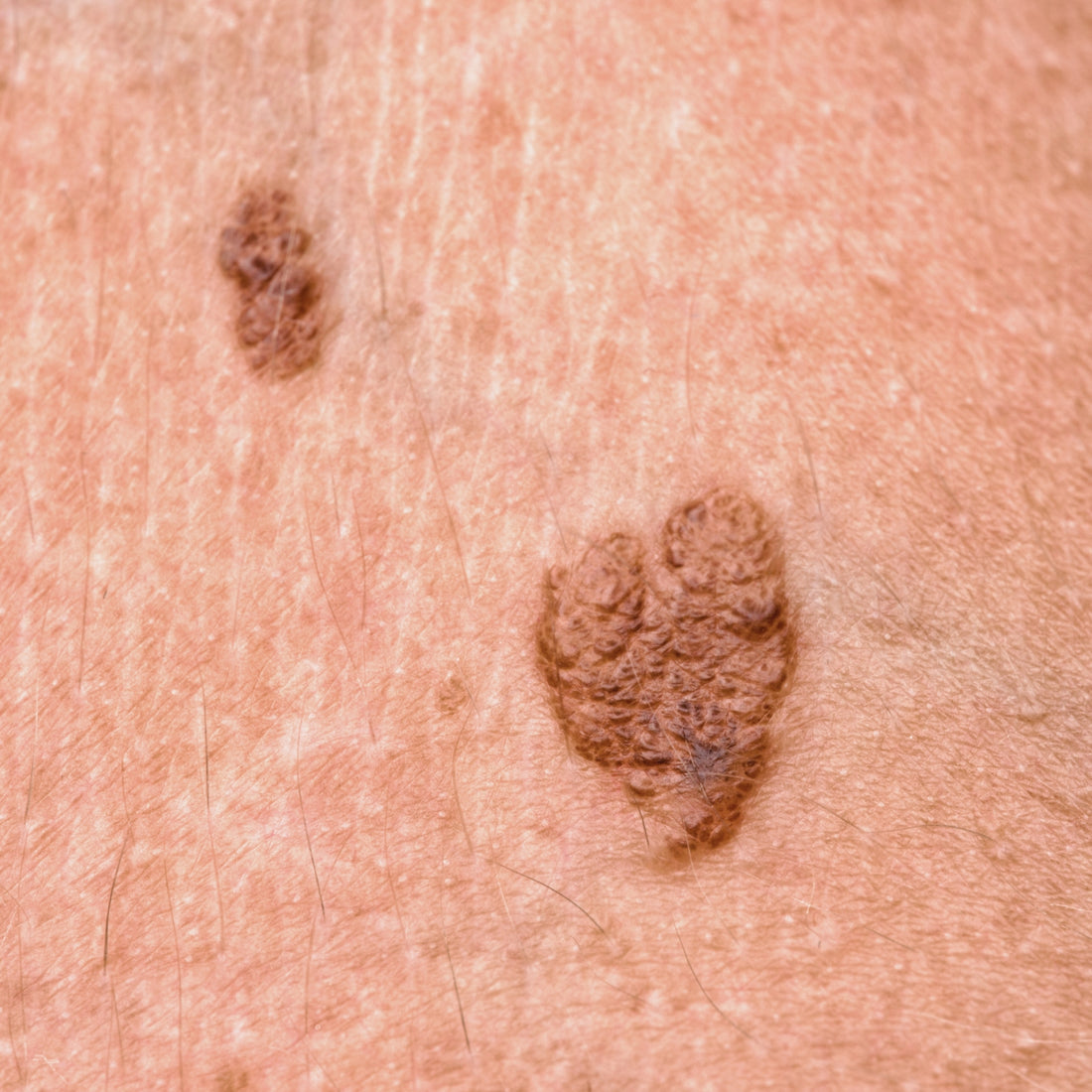
Monitoring
Many benign moles simply require periodic observation and photos to track any changes.
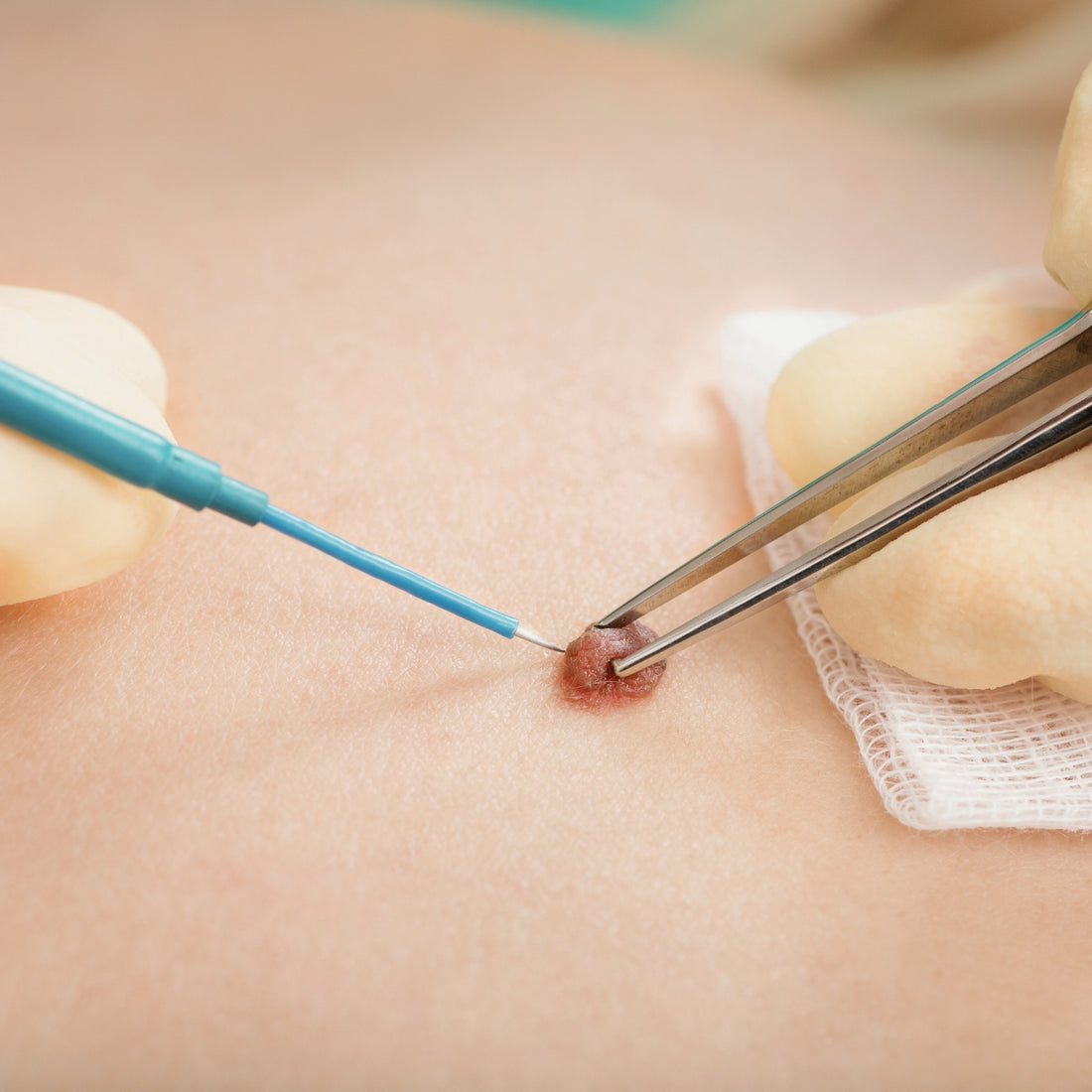
Shave Removal
Quick, in-office procedure for raised or cosmetically bothersome moles. Minimal sutures; small scar expected.
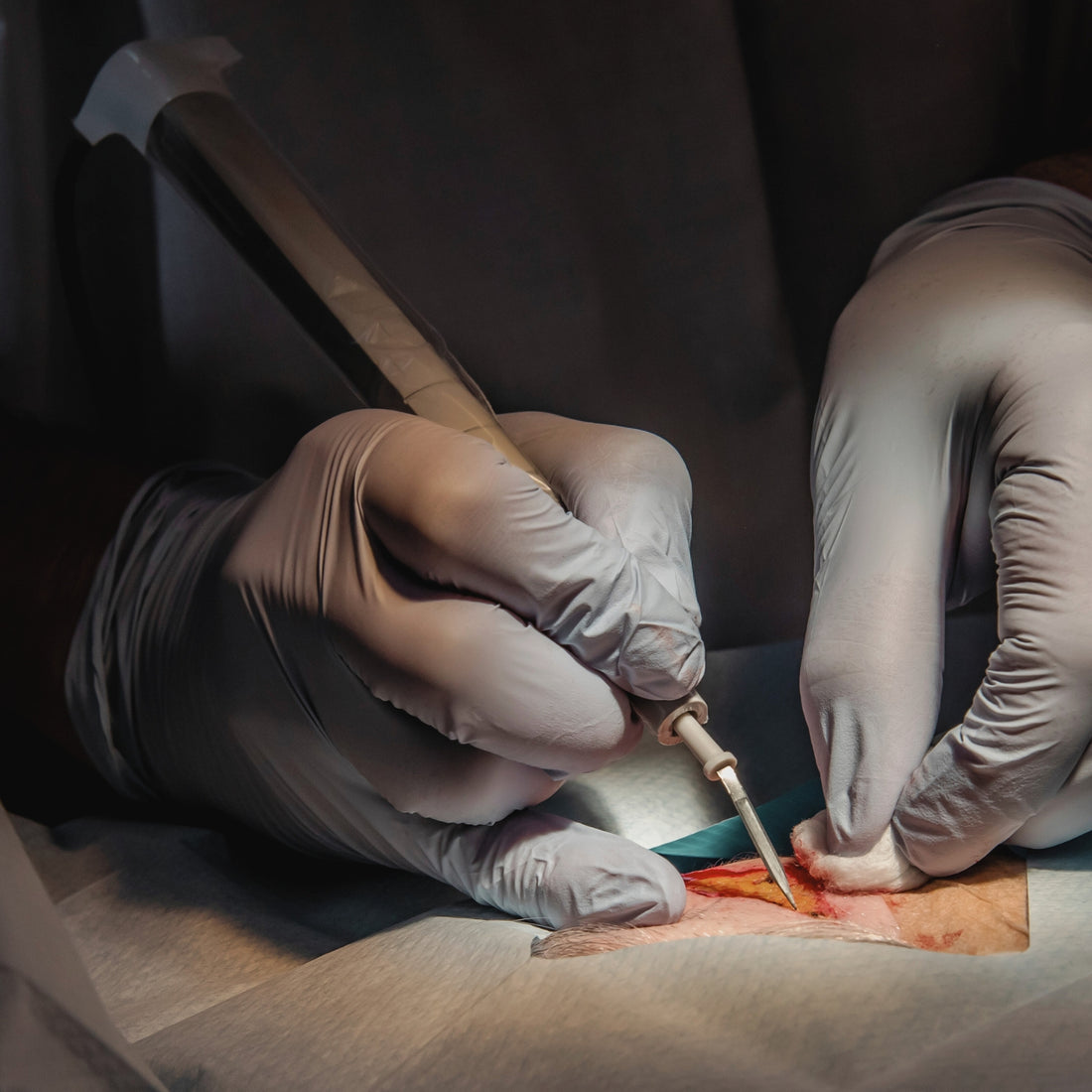
Excisional Removal
Full-thickness removal with sutures, used for deeper or suspicious moles. Sent for pathology when indicated.
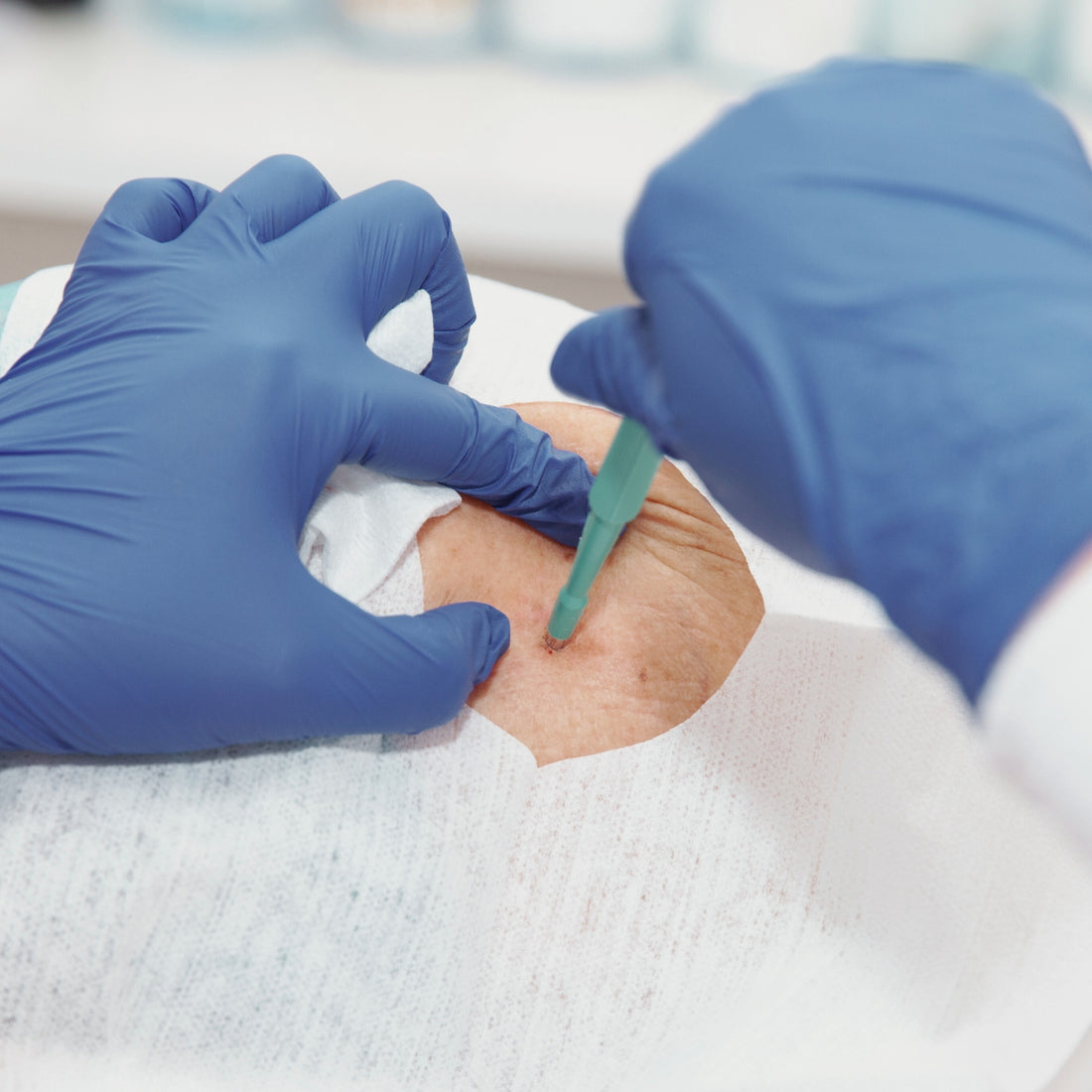
Punch Biopsy
Small, circular removal for diagnostic sampling of a mole or suspicious area. Any removed tissue can be sent to pathology to definitively rule out malignancy.
Why choose Chicago Cosmetic Surgery & Dermatology?



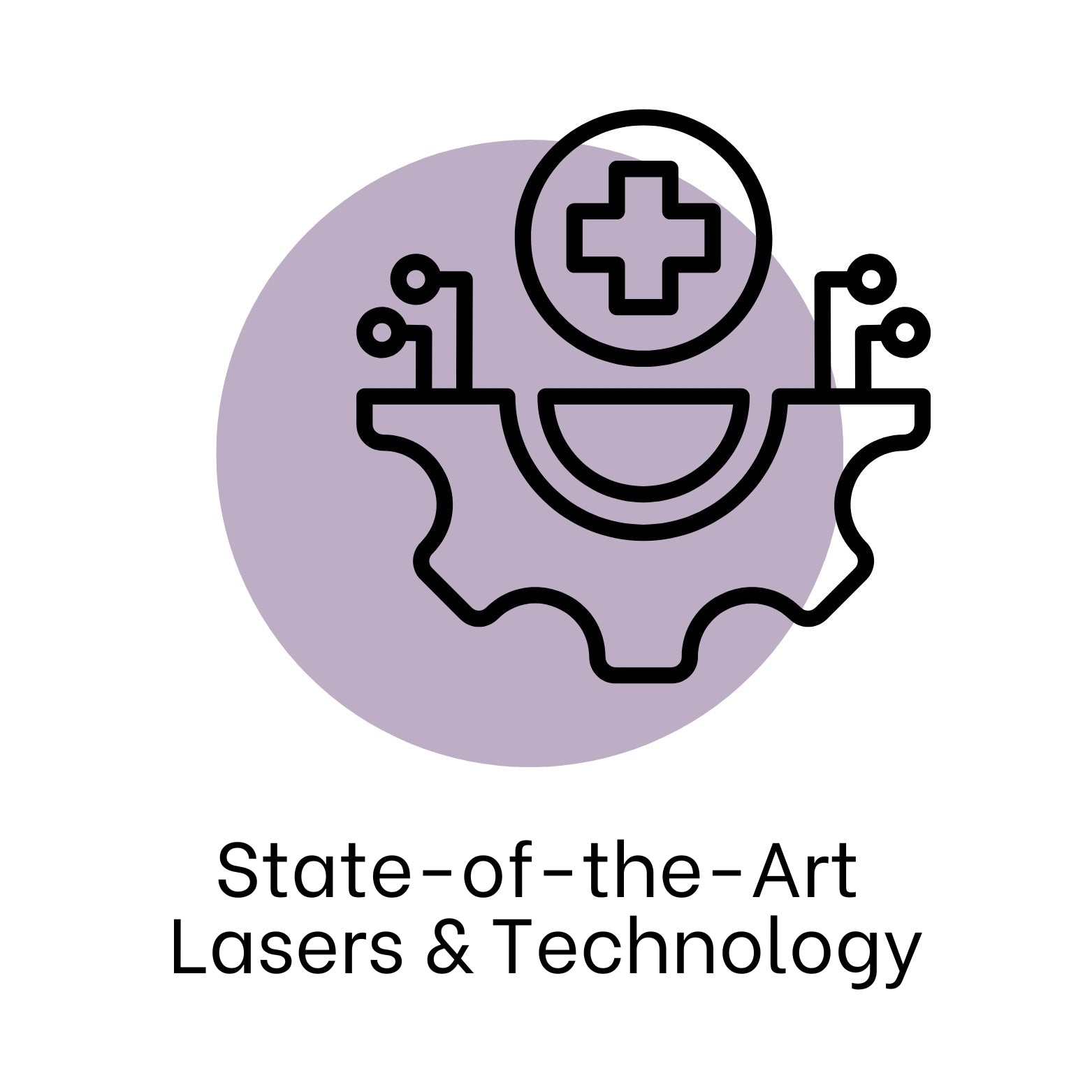


FAQ's for Moles
Who should be evaluated?
Who should be evaluated?
See a dermatologist if you have:
- A new mole that looks different from your other moles (the “ugly duckling”)
- A mole changing in any way (size, shape, color, surface, or symptoms)
- A family history of melanoma or many atypical moles
- Concern about the cosmetic appearance of a mole
Are most moles cancerous?
Are most moles cancerous?
No—most moles are benign. However, any changing or suspicious mole should be evaluated to rule out skin cancer.
What should I expect during removal?
What should I expect during removal?
- Local anesthesia for comfort
- Procedure length: typically 10–30 minutes depending on technique
- Minor bleeding and temporary soreness afterward
- Wound care instructions and follow-up for suture removal (if used)
- Scarring minimized by careful technique; size and appearance vary by mole and location
Will mole removal leave a scar?
Will mole removal leave a scar?
All removal methods leave some scarring, but our techniques focus on minimal, cosmetically favorable results.
Is mole removal painful?
Is mole removal painful?
Removal is done under local anesthesia, so you should feel minimal pain during the procedure. Mild soreness afterward is normal.
Do removed moles come back?
Do removed moles come back?
If fully excised, moles typically do not recur. Partial removal (e.g., shave) may leave some pigment or require re-treatment.
Ready to Have Your Moles Checked?
Get started with a consultation and find out what our team of experts can do for you.




